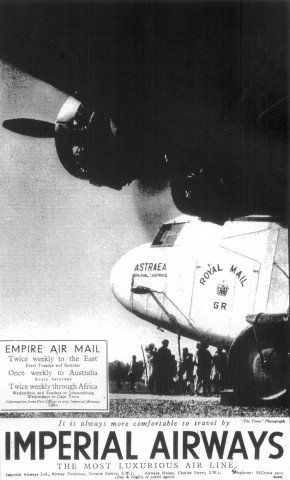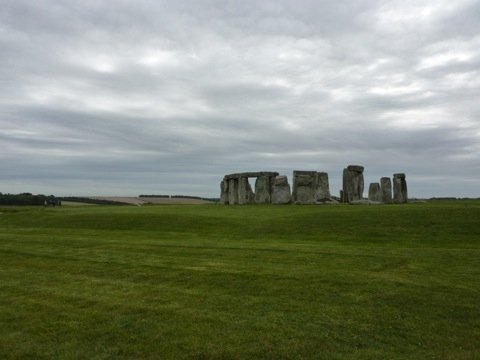This is an advertisement from The Times, 26 May 1915, 5, for the 'Life-Saving "CAVENDISH" Anti-Gas INHALER' -- in other words, a gas mask. It's a surprisingly early attempt to combine (and to cash in on) the twin threats of aerial bombardment and chemical warfare -- that is, 'The Danger of GAS BOMBS':
You can effectually avert the threatened peril to yourself and family from asphyxiating bombs dropped by the enemy's airships if you are provided with enough "CAVENDISH" INHALERS.
Lest the reader be tempted to take this advice lightly:
You cannot afford to make mistakes in this matter: it is vital. Pads and the like made with the best intentions, but without the necessary chemical knowledge, are only partly -- and for a very short time -- protective against slowly spreading vapour. They are of no use whatever when the gas is exploded and forced through every cranny into your home [...]
Closing the lower windows and doors of your house is NOT a sufficient protection against the rush of gas driven in by high explosive. You need -- for yourself and your family -- absolute protection against actual contact with the fumes.
Clearly the ad is reacting to some earlier set of ideas about how to guard against gas, but I'm not sure what their source was. It is claimed that one charge would work for half an hour, 'quite long enough for absolute security from danger' -- a bargain for 5/6 post-free.
How early is early? This is just over a month after the first large-scale use of gas at Ypres (22 April). It's also a few days before the first Zeppelin raid on London (31 May). And it's three weeks before the Metropolitan Police issued official advice to civilians about what to do in an air raid (18 June) -- most of which had to do with the possibility of a gas attack. Probably lucky the Surgical Manufacturing Company got in when they did, because the Met's commissioner gave precisely the opposite advice: no need to buy a specialised respirator, a cotton pad saturated in washing soda should suffice -- and do close ground-floor doors and windows. (See The Times, 18 June 1915, 5.)
More generally, fears of aero-chemical warfare are generally regarded as characteristic of the 1930s, which is true but shouldn't obscure earlier outbreaks of anxiety about the possibility of London being drowned in poison gas.
(I think I came across a mention of this ad in P. D. Smith's Doomsday Men, but can't find the precise reference.)







